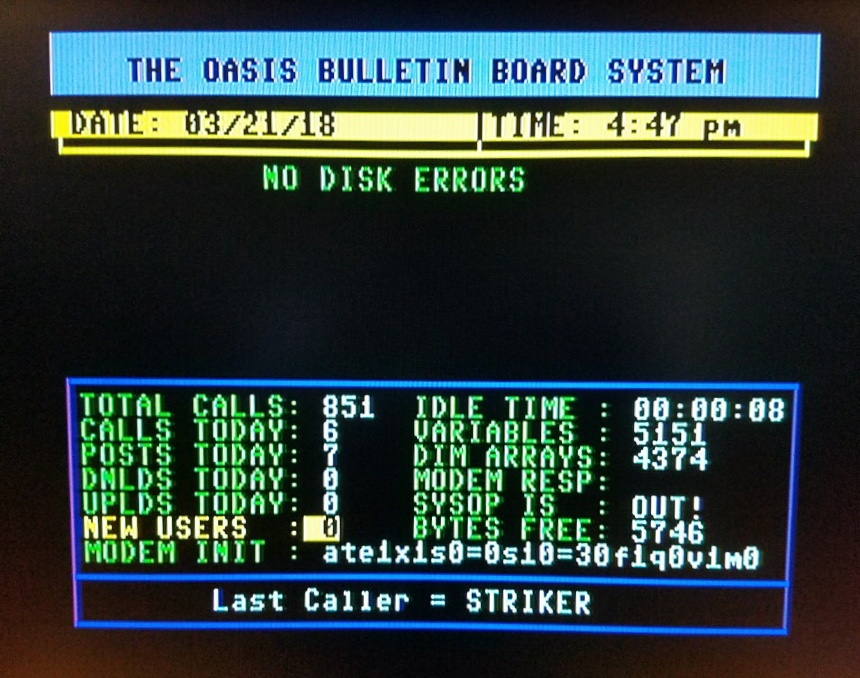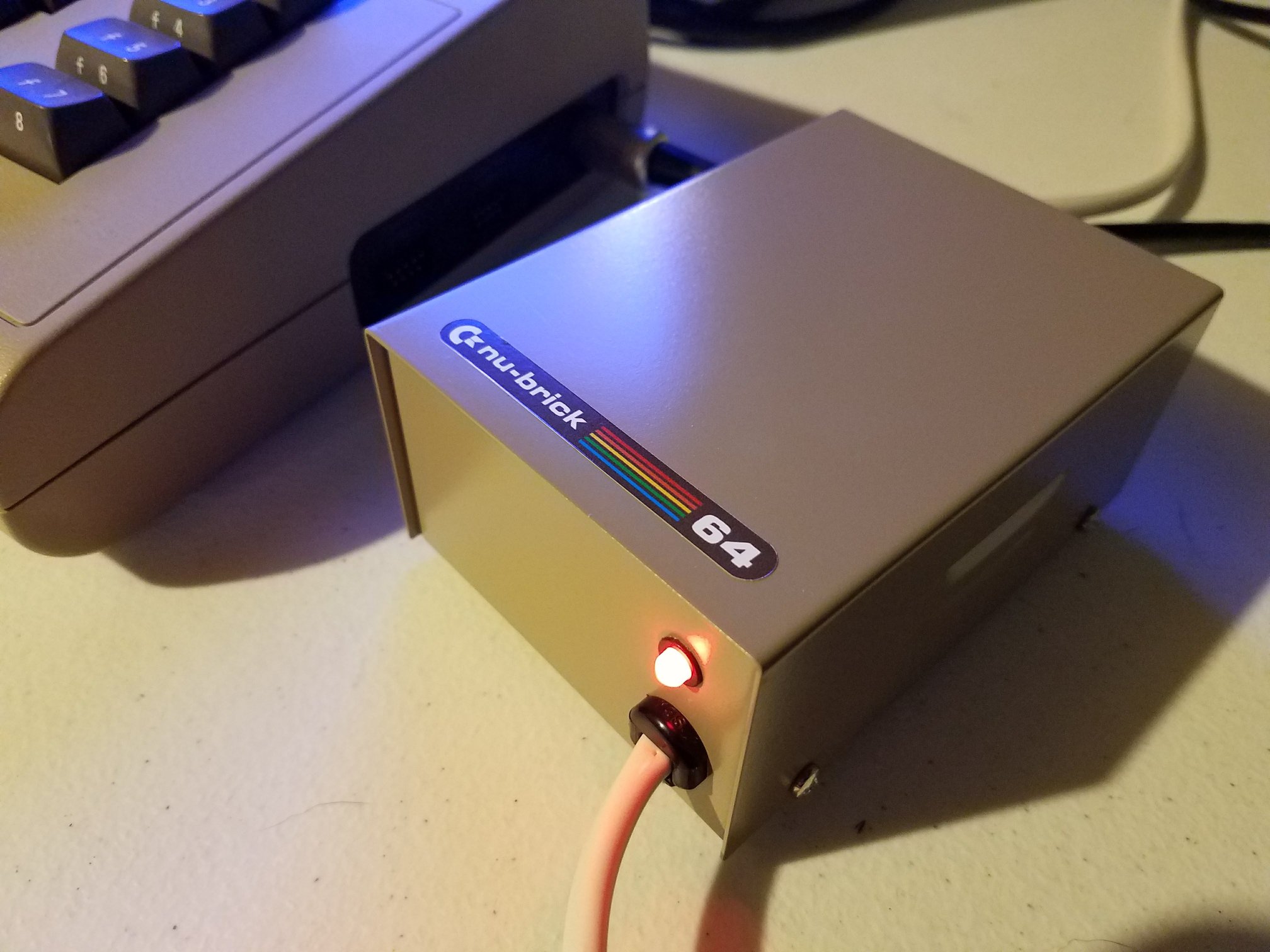In this episode of TheRetroChannel, while working with the Amiga 500s, a problem emerged during an attempt to replace the ROM on a Revision 5 board. The original Commodore ROM functioned correctly, displaying the familiar Kickstart 1.3 screen. However, when a diagnostic ROM was installed using a 27C400 EPROM and an adapter board, the system displayed only a black screen.
Initially suspecting a faulty IC socket, the single wipe socket was replaced with a dual wipe socket, but the issue remained. Further investigation revealed that Revision 5 Amiga 500s have a known issue when using EPROMs, requiring a solution involving bending pin 31 on the EPROM and soldering a few wires.
Analyzing the Schematic Differences
A detailed comparison of the schematics for Revision 5 and Revision 6 boards highlighted the problem. While the schematics have similar pinouts, crucial differences include the connections for pin 31 and pin 1. On the Revision 5 board, pin 31 connects to the “oops” line, whereas on the Revision 6 board, it connects to VCC, placing the ROM into 16-bit mode. Additionally, pin 1 is connected to address line 17 on the Revision 6 board but is absent on the Revision 5 schematics.
Various online solutions were considered, such as using two sockets with soldered wires or specialized adapter boards. These solutions, however, were either cumbersome or unavailable without placing new orders. Therefore, a simpler, more elegant fix was sought, focusing on modifying the existing board without requiring additional PCBs or bending EPROM pins.
Implementing the Fix
The proposed fix involved the following straightforward modifications:
1. **Isolate Pin 31:** Cut the trace connecting pin 31 to the rest of the circuit.
2. **Reconnect Address Line 17:** Solder a wire from pin 1 on the ROM to address line 17, found on pin 46 of the 68,000 CPU.
3. **Tie Pin 31 to VCC:** Solder a wire from pin 31 to VCC (pin 21 on the ROM).
This approach ensures the board behaves like a Revision 6 board, accepting EPROMs without further modifications. Testing the fix confirmed its success, with both the diagnostic ROM and the original Commodore ROM functioning correctly.
Conclusion
The video concludes with a demonstration of the Amiga 500 booting up with the modified board and running diagnostic tests. This simple and effective solution resolves the ROM compatibility issue, facilitating easy ROM upgrades and diagnostics.







